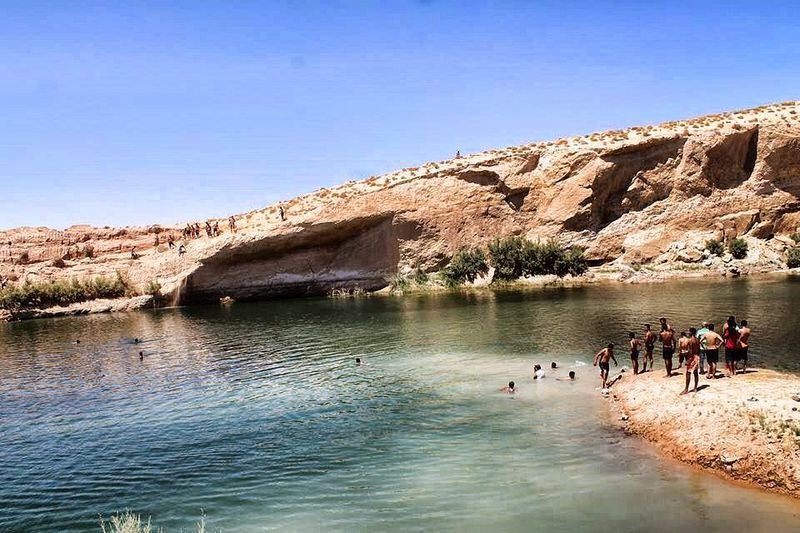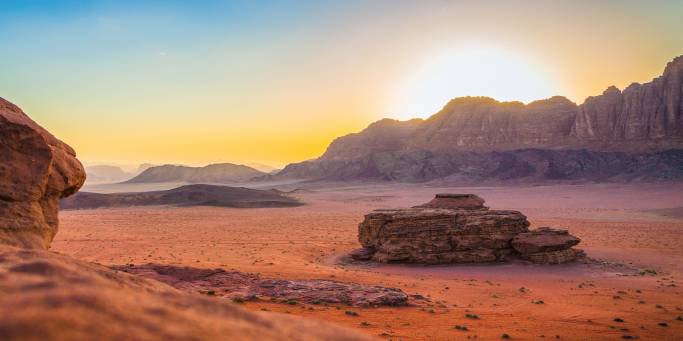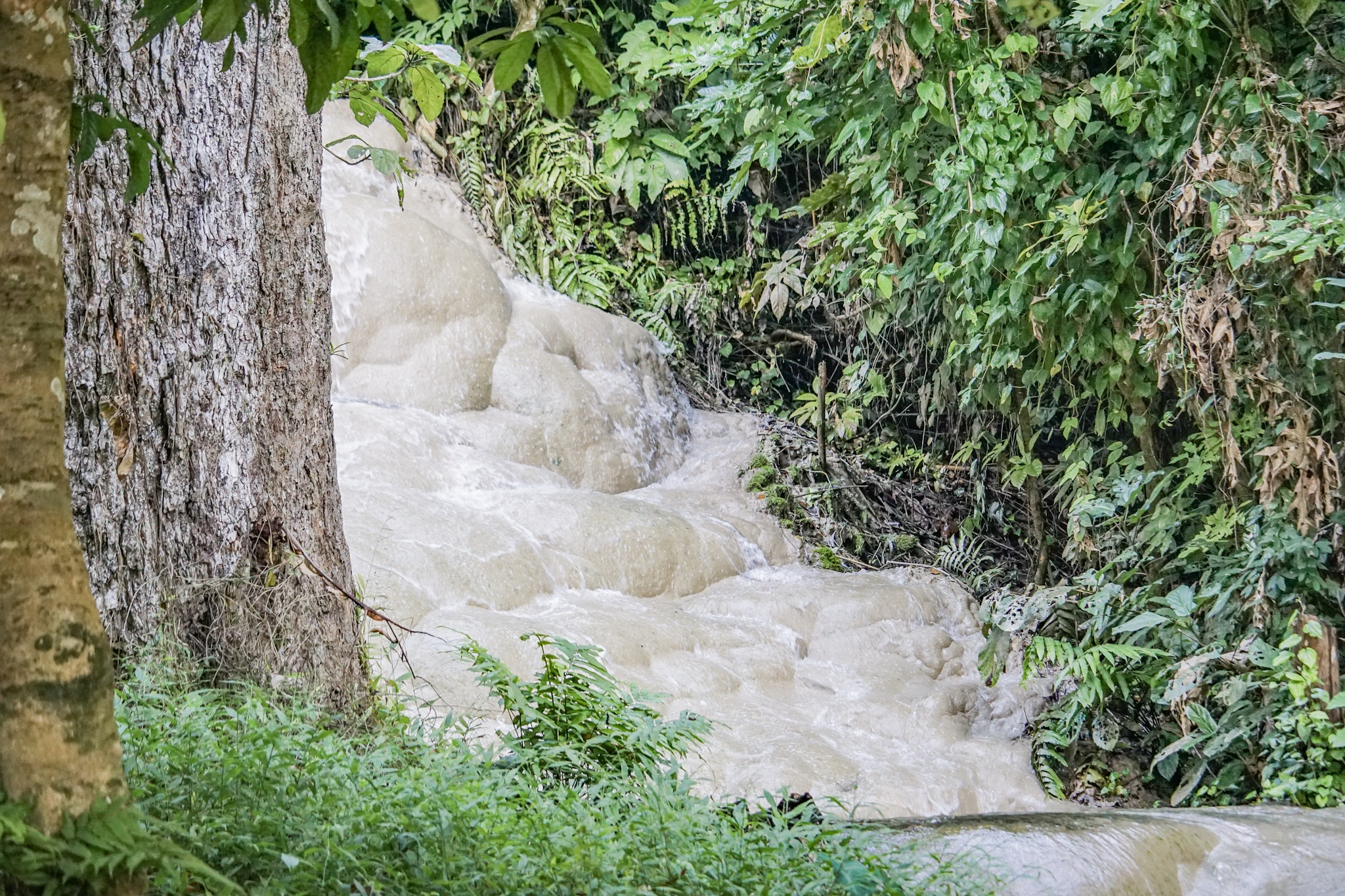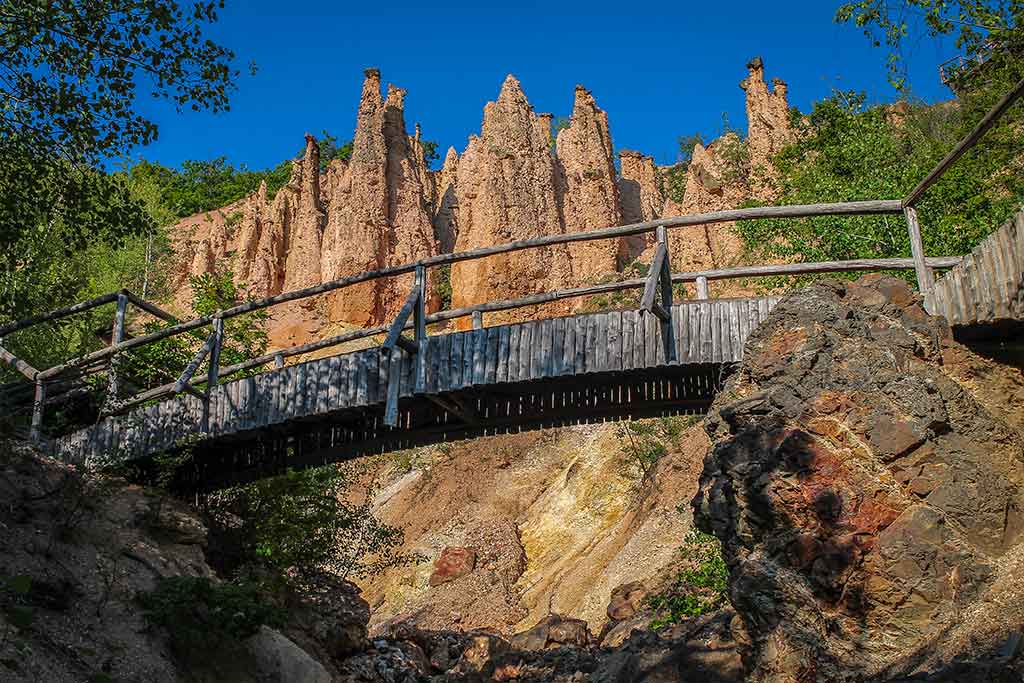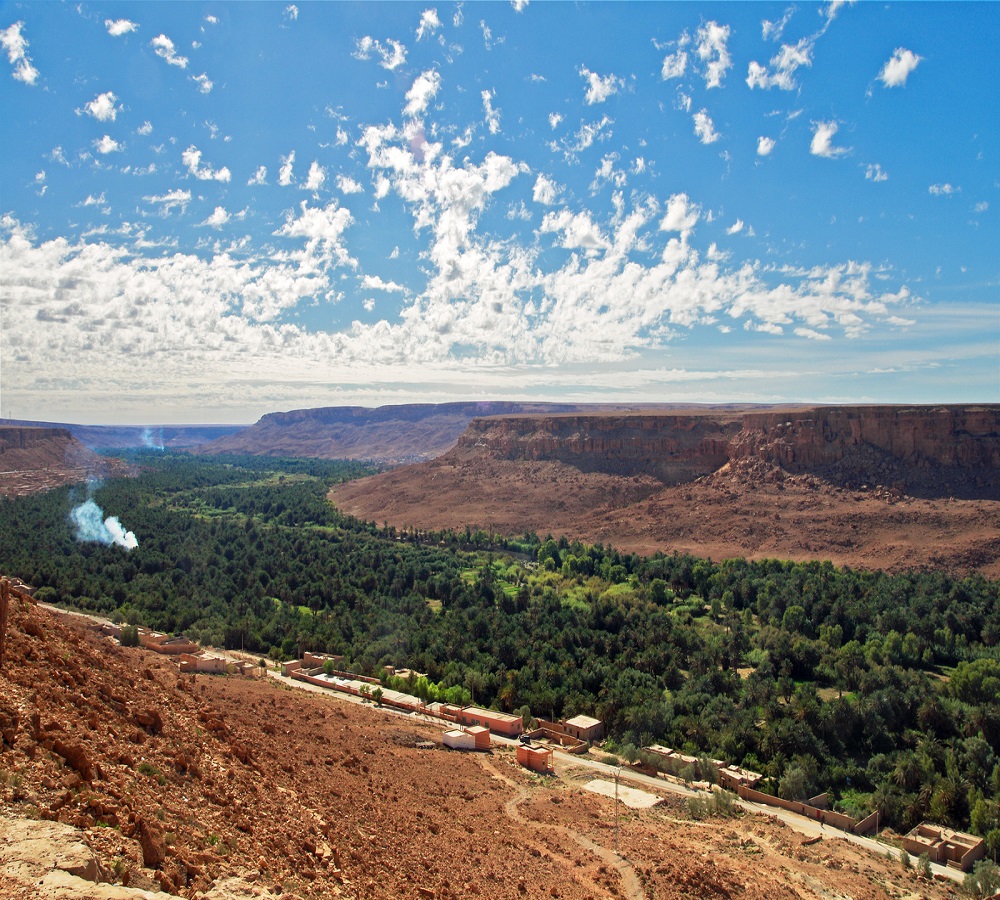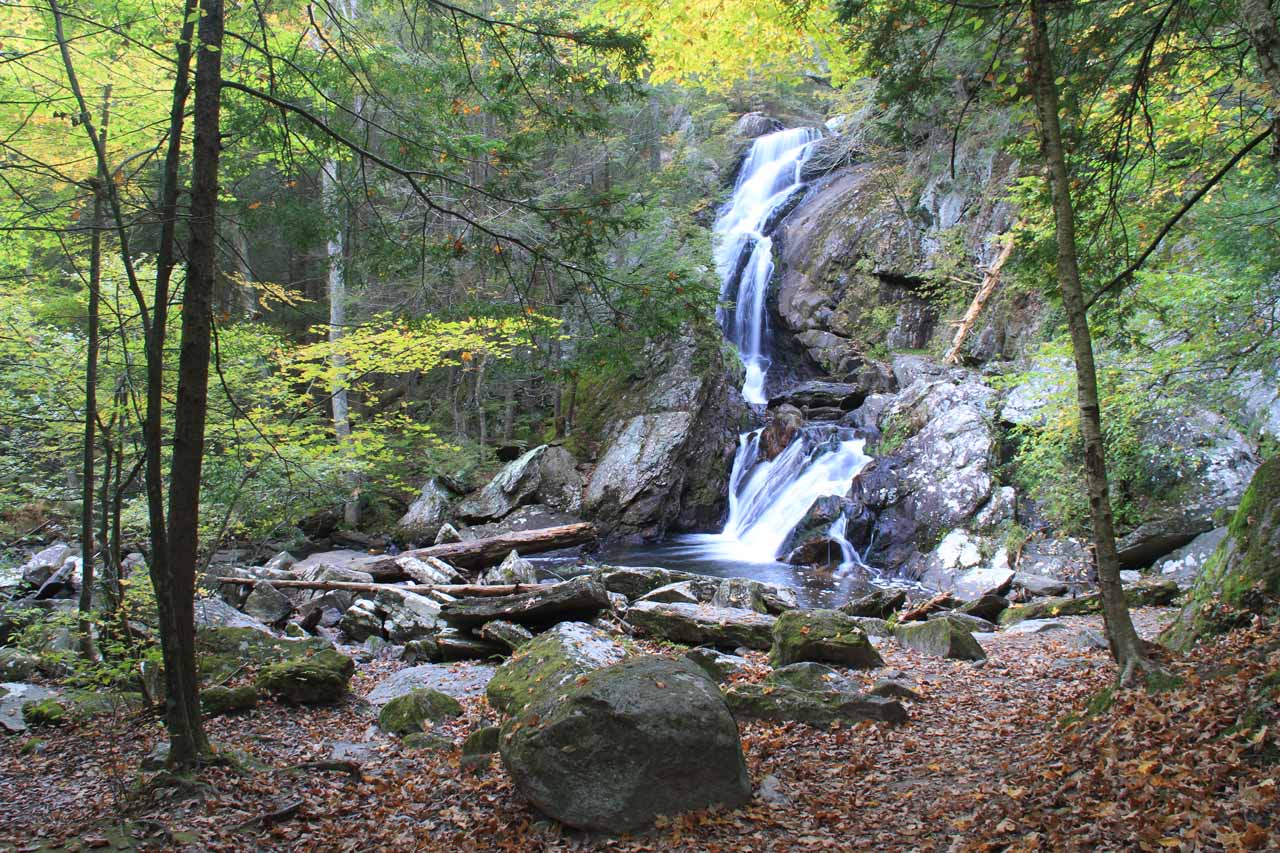The lake appeared in the Tunisian desert like a mirage; one minute there was nothing but scorching sand, the next a large expanse of turquoise water.
Shepherds discovered the lake, thought to be up to 18 meters deep and covering one hectare, three weeks ago. Local geologists suspect seismic activity may have ruptured the rock above the water table sending the liquid to the surface.
Other theories have suggested the canyon has simply collected rain water.
"News of the lake’s appearance has spread like wildfire and now hundreds of people, eager to escape a heatwave, go there to swim," Souid wrote in the Tunisia Daily newspaper.
"This region is overflowing with large deposits of phosphate, which can leave behind radioactive residue so there is a real risk that the water is contaminated and carcinogenic. There’s no security of any kind.
"The site is certainly stunning and there are many large rocks perfect for diving, but it has become infested with green algae, meaning the water is stagnant and conducive to diseases."
